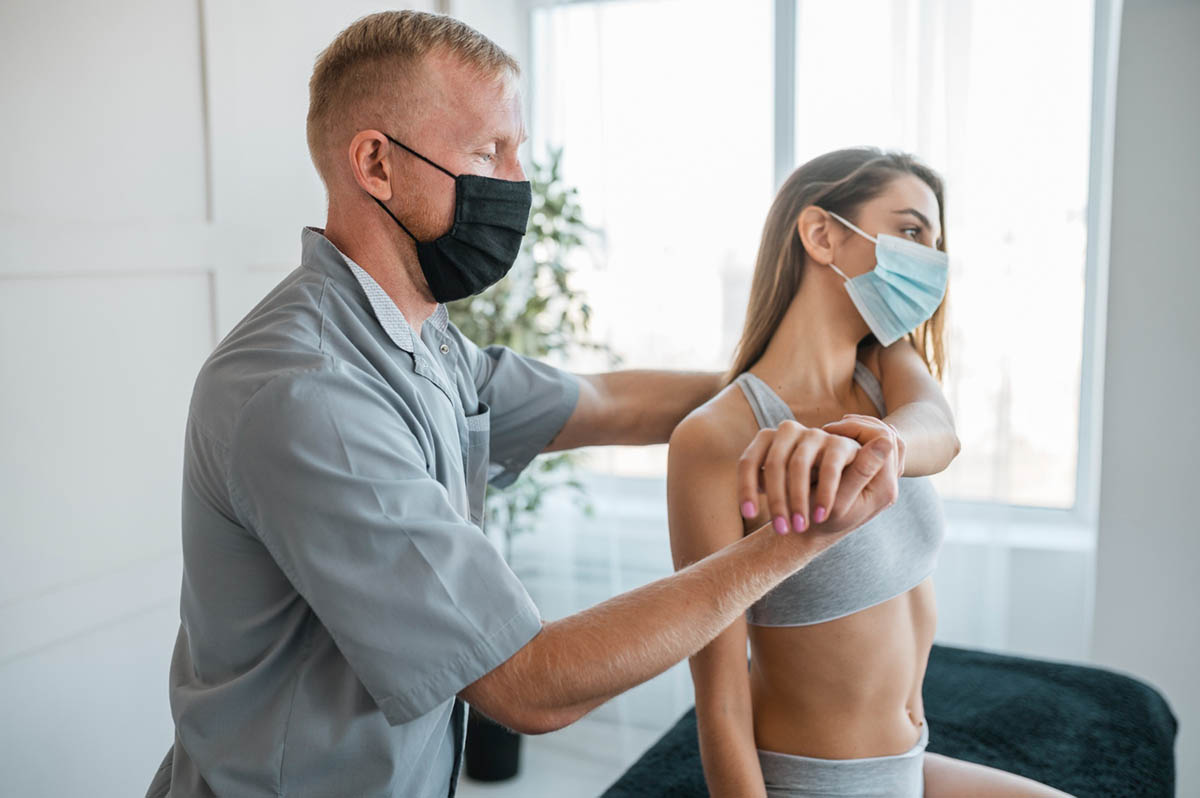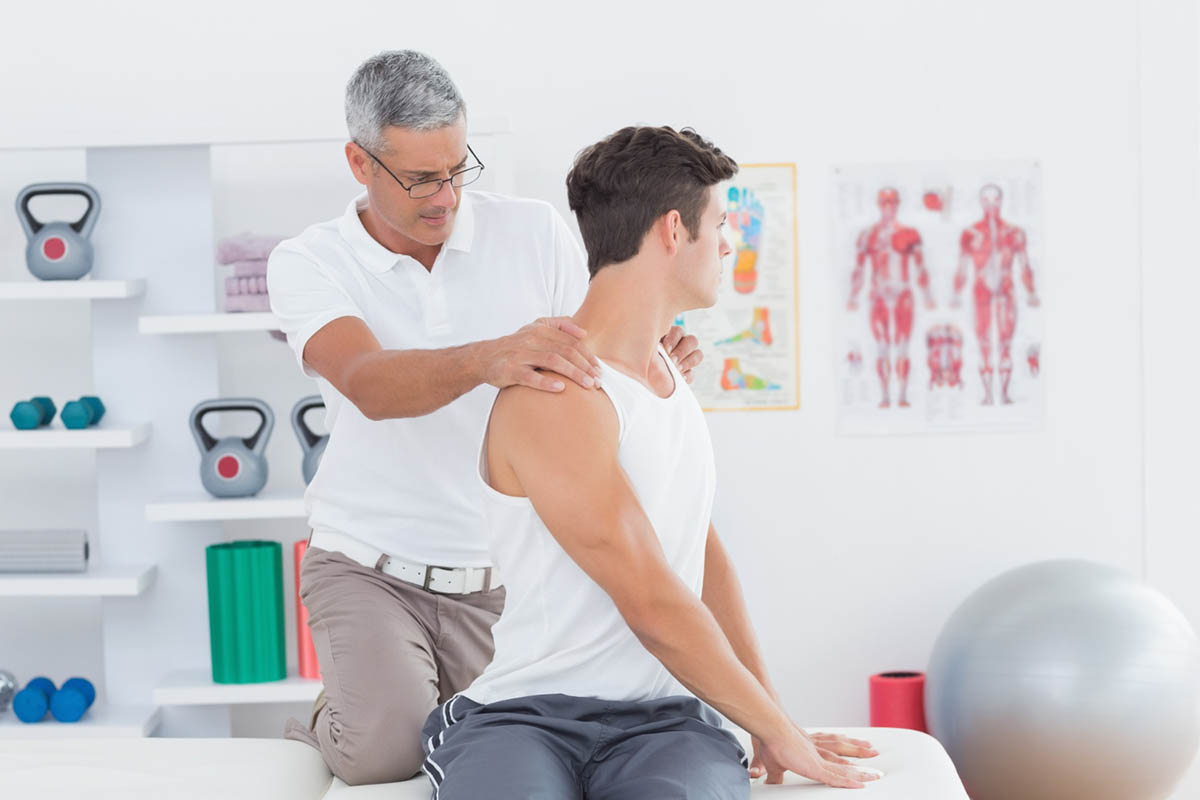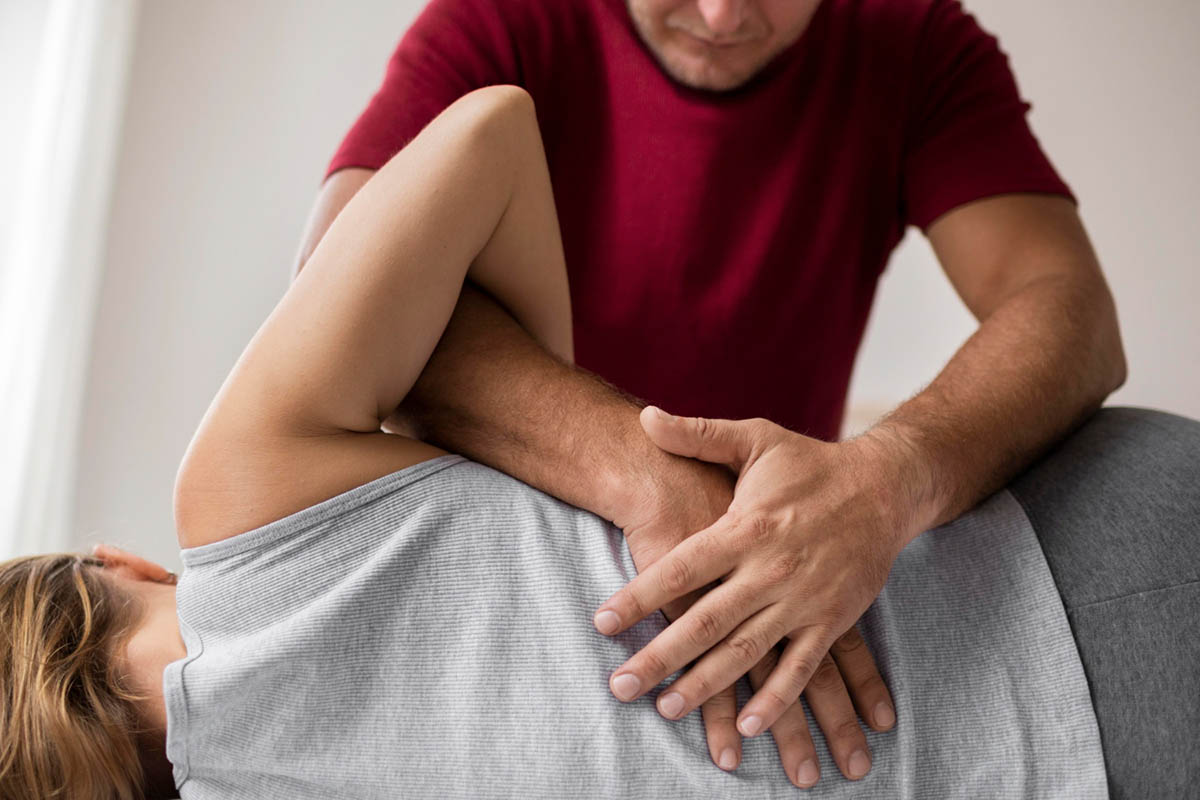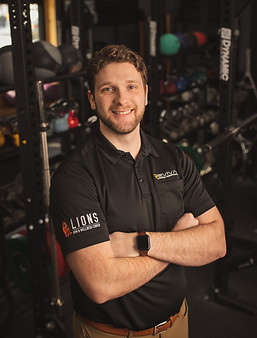Introduction
Musculoskeletal pain, whether it’s in the back, neck, shoulders, or joints, can be debilitating and significantly impact your daily life. While there are various treatment options available, manual therapy stands out as one of the most effective approaches for managing and alleviating this type of pain. At Revival Physical Therapy, we incorporate manual therapy into many of our treatment plans to help our patients regain mobility, reduce pain, and enhance their overall quality of life. In this blog, we’ll explore the benefits of manual therapy and how it can be a game-changer for those suffering from musculoskeletal pain.
What is Manual Therapy?
Manual therapy is a hands-on approach used by physical therapists to diagnose and treat musculoskeletal conditions. It involves a variety of techniques aimed at mobilizing joints, muscles, and soft tissues to alleviate pain, reduce inflammation, improve mobility, and restore function. Unlike some other forms of physical therapy that may rely heavily on exercise or machines, manual therapy focuses on the skilled use of the therapist’s hands to achieve therapeutic results.
Common Techniques in Manual Therapy
1. Joint Mobilization and Manipulation
- Joint Mobilization: Involves the therapist applying slow, gentle movements to a joint to increase its range of motion, reduce stiffness, and alleviate pain.
- Joint Manipulation: A more forceful technique that involves a quick, controlled movement of a joint to improve mobility and relieve pain.
2. Soft Tissue Mobilization
- Massage: Involves rhythmic pressure and movement on the muscles and soft tissues to reduce tension, improve circulation, and alleviate pain.
- Myofascial Release: Focuses on releasing tightness and tension in the myofascial tissues, which surround and support the muscles throughout the body.
- Trigger Point Therapy: Targets specific areas of tightness within a muscle, known as trigger points, that can cause referred pain in other parts of the body.
3. Muscle Energy Techniques (MET)
- Isometric Contractions: The therapist asks the patient to contract a muscle against resistance, which can help lengthen and relax the muscle, improve mobility, and reduce pain.
4. Manual Lymphatic Drainage (MLD)
- Gentle Massage Techniques: Designed to encourage the natural drainage of the lymphatic system, reducing swelling and promoting healing, particularly after injury or surgery.
The Benefits of Manual Therapy for Musculoskeletal Pain

Manual therapy offers a wide range of benefits for those suffering from musculoskeletal pain. Here are some of the key advantages:
1. Pain Relief
- Joint Mobilization and Manipulation: These techniques can relieve pressure on affected joints, reducing pain and improving mobility.
- Soft Tissue Mobilization: Massage and myofascial release help reduce muscle tension and promote relaxation, easing pain.
2. Improved Mobility and Flexibility
- Joint Mobilization: Helps increase the range of motion in stiff joints.
- Muscle Energy Techniques: Improve muscle length and flexibility, making it easier to move without pain.
3. Enhanced Circulation and Healing
- Soft Tissue Mobilization: Increases blood flow and reduces inflammation, speeding up the healing process.
- Manual Lymphatic Drainage: Helps reduce swelling and promotes the removal of toxins and waste products from the body.
4. Reduced Muscle Tension and Spasms
- Trigger Point Therapy: Targets and releases tight knots within muscles that can cause referred pain.
- Massage: Relieves muscle tension, reducing the likelihood of spasms.
5. Prevention of Future Injuries
- Proactive Treatment: Manual therapy helps identify and treat issues before they develop into more serious injuries.
- Strengthening and Stabilization: Techniques that improve muscle strength and joint stability reduce the risk of injury.
6. Complementary to Other Treatments
- Integrated Approach: Combining manual therapy with exercises helps reinforce the benefits of both, leading to more comprehensive recovery.
- Customized Treatment Plans: Therapists tailor manual therapy to complement other treatments based on the patient’s specific needs and goals.
When to Consider Manual Therapy

- Back and neck pain
- Shoulder pain, including rotator cuff injuries
- Arthritis
- Sports injuries
- Headaches, particularly tension headaches
- Post-surgical recovery
- Chronic pain conditions like fibromyalgia
If you’re experiencing persistent musculoskeletal pain that interferes with your daily life, consulting with a physical therapist can help determine whether manual therapy is appropriate for you.
FAQ Section
Q: Is manual therapy painful?
A: Manual therapy is generally not painful, although some techniques may cause mild discomfort as tight muscles and tissues are manipulated. Your therapist will adjust the pressure and techniques based on your comfort level and feedback.
Q: How many sessions of manual therapy will I need?
A: The number of sessions needed varies depending on the severity and duration of your condition. Your physical therapist will develop a personalized treatment plan that outlines the expected duration of your therapy.
Q: Can manual therapy be used as a standalone treatment?
A: While manual therapy can be highly effective on its own, it is often most beneficial when combined with other treatments such as exercise, stretching, and strength training. This holistic approach ensures comprehensive recovery and prevention of future issues.
Q: Are there any risks associated with manual therapy?
A: Manual therapy is generally safe when performed by a licensed and experienced physical therapist. However, it may not be appropriate for certain conditions, such as acute injuries or severe osteoporosis. Your therapist will assess your condition to ensure manual therapy is safe and effective for you.
Community Engagement and Support
At Revival Physical Therapy, we believe in the power of community support and education. We regularly host workshops and seminars in Minneapolis on topics like manual therapy, pain management, and overall health and wellness. Whether you’re recovering from an injury or managing chronic pain, we’re here to help. Visit us at our Robbinsdale location at 4123 W Broadway, Robbinsdale, MN 55422, or our North Loop location at 800 N Washington Ave Suite 50, Minneapolis, MN 55401, to learn more.


